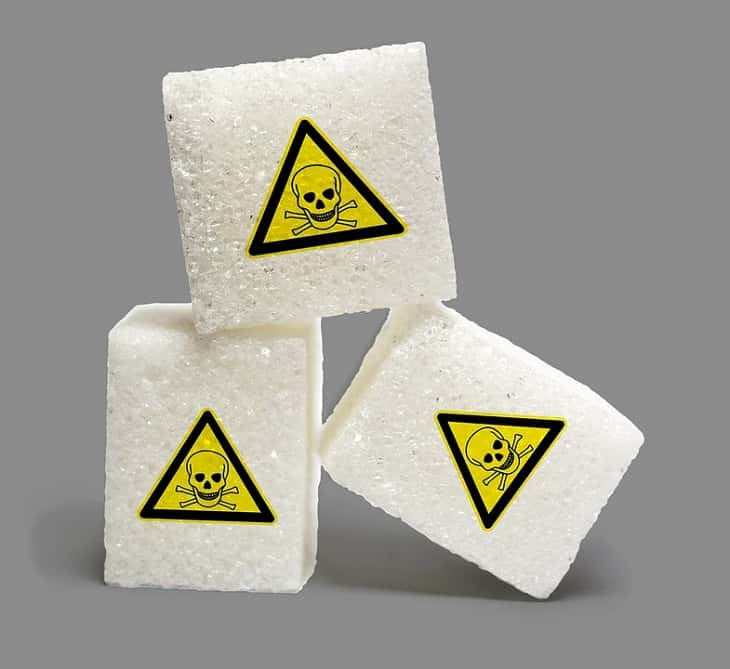Diabetes is a disease that many people are familiar with, and most people are familiar with the fact that those with diabetes need to use insulin in order to keep everything in check. However, despite knowing that, there are few people who fully understand exactly what insulin is, what it does, and the different types of it. In this article we’re going to distill down what insulin is, what it does and then talk about the different kinds that there are. So by the end you’ll fully understand what it is and how people with diabetes effectively use it to live a healthy and full life.
What is insulin?
Insulin is a hormone that naturally is made in the pancreas to help your body use the sugar (glucose) from carbohydrates and other foods that you eat to make energy. Insulin also helps keep your blood sugar level at the right level, not too high (hyperglycemia) or too low (hypoglycemia). A way to think of insulin is as essentially a gate or a key that directs the glucose to the right cells of the body. If you have diabetes your body either can’t make insulin on its own or it doesn’t know how to use the insulin correctly, and therefore your blood sugar levels can get unhealthily high or low.
What kinds of insulin are there?
There are four types on insulin:
• Rapid-acting insulin
• Short-acting insulin
• Intermediate-acting insulin
• Long-acting insulin.
Each type of insulin is used to treat diabetes but they last different amounts of type, and depending on your specific diabetes case, you’ll be better to use a specific kind.
Rapid-acting insulin: True to its name, this type of insulin usually starts working with 15 minutes after the injection, being most effective after about an hour. This type of insulin lasts a maximum of four hours, but normally is not used just by itself. It’s typically taken before a meal alongside a long-acting insulin.
Short-acting insulin: Although not as quick as rapid-acting insulin, this type of insulin takes effect about 30 minutes after administering. It works best after about 2 hours and will continue its effects for approximately six hours. It also is usually taken with meals and alongside a long-acting insulin.
Intermediate-acting insulin: This type of insulin doesn’t begin to work until about two to four hours after you administer it. It will work for up to 18 hours and most people typically take it about twice a day, but also with a raid or short-acting insulin.
Long-acting insulin: This is the longest type on insulin (again true to its name), taking effect up to three hours after the injection and works for about 24 hours.
The type of insulin a diabetic will take will depend on the kind of diabetes they have and their lifestyle and diet.

